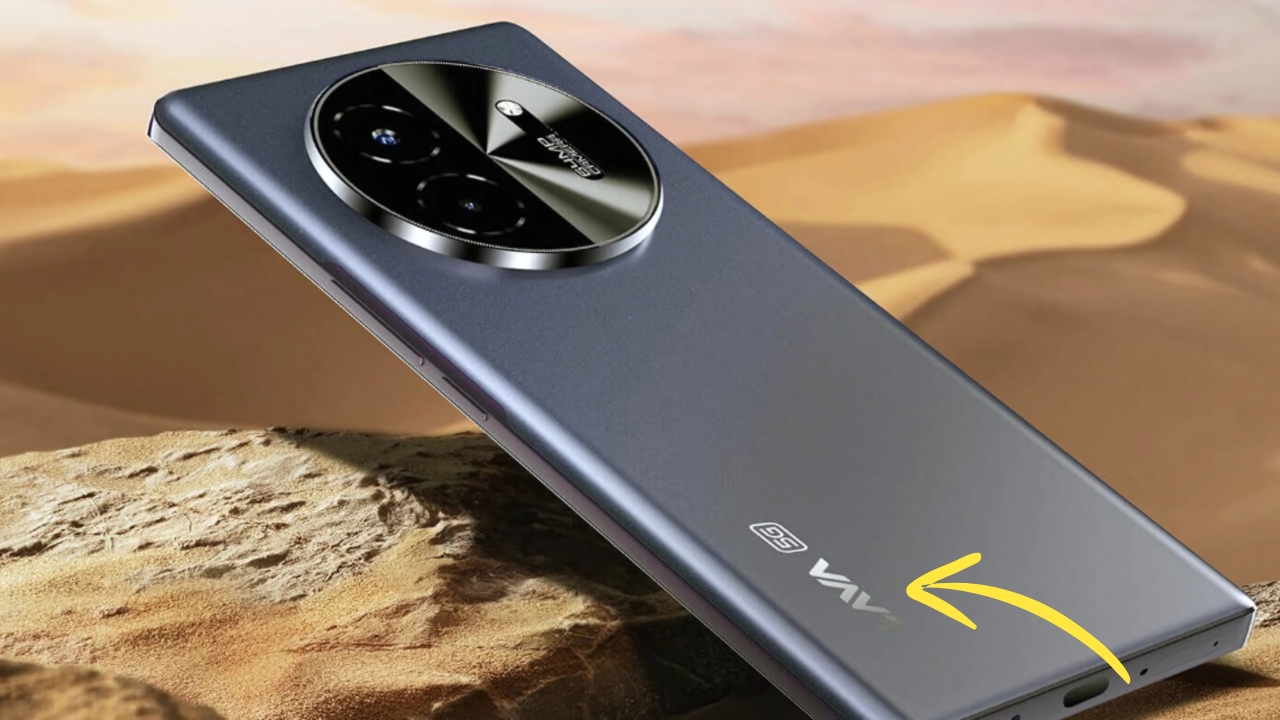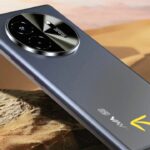Lava Blaze X 5G: The narrative surrounding Indian smartphone brands has evolved significantly over the past decade – from early attempts at localization that often fell short on quality to increasingly sophisticated offerings that genuinely compete with international alternatives.
The Lava Blaze X 5G represents perhaps the most compelling chapter in this evolution, delivering a surprisingly comprehensive package at the ₹13,999 ($170) price point that challenges conventional expectations about indigenous smartphones.
Having used this device as my secondary phone for the past two weeks, I’ve developed nuanced impressions about where it succeeds most convincingly and where limitations remain apparent.
Market Context: Understanding the Blaze X’s Position
To properly evaluate the Blaze X 5G, one must first understand its positioning within both Lava’s expanding portfolio and the broader smartphone ecosystem.
As one of India’s few remaining domestic smartphone manufacturers, Lava occupies an interesting position – leveraging local understanding and manufacturing capability while competing against aggressive Chinese brands with enormous scale advantages.
The Blaze X targets the increasingly important “affordable 5G” segment where specifications and features matter significantly to value-conscious buyers making their first transition to next-generation connectivity.
This positioning creates direct competition with offerings from Xiaomi’s Redmi, Realme, Motorola, and Samsung’s A-series – a fiercely contested battleground where minor differences in implementation can significantly impact consumer perception.
Design Execution: Thoughtful Differentiation
The Blaze X makes a positive first impression through design elements that create meaningful differentiation from competitors.
The “Glass Green” variant I tested features a glass back panel with a subtle pattern that shifts under different lighting conditions.
This material choice adds perceived premium quality compared to the plastic construction common at this price point, while the matte finish effectively resists fingerprints.
At 8.1mm thick and weighing 188 grams, the device strikes a comfortable balance between substantiality and manageable heft.
The frame, while plastic, incorporates a metallic finish that convincingly mimics aluminum until closely inspected.
The side-mounted fingerprint sensor doubles as the power button, offering quick and reliable authentication without the cost of under-display technology.
The front design embraces contemporary aesthetics with a centered punch-hole camera and relatively slim bezels, though the slightly more pronounced chin serves as a reminder of the budget positioning.
The flat display with rounded corners enhances usability, particularly when typing near screen edges – an ergonomic consideration sometimes overlooked in curved implementations.
Perhaps most impressive is the IP54 dust and splash resistance – a feature rarely found at this price point. While not offering full waterproofing, this rating provides meaningful protection against everyday incidents like light rain or kitchen splashes, enhancing the device’s practicality for typical users.
Display Experience: Balanced Priorities
The 6.78-inch IPS LCD panel represents one of the device’s more obvious compromises compared to AMOLED-equipped competitors, yet implementation quality matters more than technology alone.
Lava has selected a capable LCD that delivers good color reproduction, acceptable viewing angles, and better black levels than many competing IPS implementations.
The 120Hz refresh rate provides smoother scrolling and interface navigation than standard 60Hz displays, enhancing the perception of system responsiveness.
Maximum brightness reaches approximately 600 nits in high brightness mode, sufficient for outdoor visibility except in direct sunlight.
The 2460 × 1080 resolution (FHD+) provides appropriate sharpness for this price segment, with text and images appearing crisp during normal use.
Color accuracy in “Standard” mode exceeds expectations for this category, while the “Vivid” setting boosts saturation to partially compensate for LCD’s inherent limitations compared to OLED technology.
The inclusion of Widevine L1 certification enables HD streaming across supported services – a small but meaningful detail sometimes missing from budget devices.
Performance Dynamics: Surprising Capability
Powered by MediaTek’s Dimensity 6080 processor, the Blaze X 5G delivers performance that exceeds expectations for its price positioning.
This 6nm chipset provides efficient processing for everyday tasks while delivering the 5G connectivity that forms part of the device’s core proposition. The 8GB LPDDR4X RAM and 128GB UFS 2.2 storage offer generous specifications compared to similarly priced alternatives.
In practical terms, the device handles messaging, social media, video consumption, and light productivity without hesitation.
Apps launch promptly, system navigation maintains fluidity thanks to the 120Hz display, and switching between recent applications occurs without significant reloading when staying within reasonable multitasking boundaries.
Gaming capabilities represent a particular strength, with titles like PUBG Mobile and Call of Duty Mobile running smoothly at medium-to-high settings – performance that competes favorably with devices costing significantly more.
The vapor cooling chamber effectively dissipates heat during extended gaming sessions, preventing the throttling that sometimes affects devices in this category during sustained workloads.
The inclusion of 5G connectivity with support for multiple bands ensures compatibility with Indian carriers as network deployment continues.
During testing in areas with 5G coverage, network performance proved stable with expected speed improvements over LTE, though the real-world advantage remains moderate in most current usage scenarios.
Camera Capabilities: Considered Approach
The camera system combines a 50MP Samsung JN1 primary sensor with an 8MP ultrawide lens – a thoughtful configuration that prioritizes genuinely useful capabilities over marketing-driven specifications.
Unlike many competitors that include low-resolution macro or depth sensors of questionable utility, Lava has focused resources on delivering two capable cameras that enhance versatility.
In favorable lighting, the main camera captures detailed images with natural color reproduction that avoids the excessive processing found in some competitors.
Dynamic range proves adequate for most scenes, though challenging lighting can occasionally produce blown highlights or crushed shadows.
The ultrawide lens delivers usable results with reasonable distortion correction, maintaining fairly consistent color science with the main sensor – an area where even some premium devices sometimes falter.
Low-light performance reveals expected limitations, with noticeable noise and detail loss in challenging conditions.
The night mode improves matters considerably, producing usable images through computational photography that balances noise reduction with detail preservation – though results fall predictably short of devices costing several times more.
Video capabilities include stable 1080p recording at 60fps, with electronic image stabilization that produces acceptable results during moderate movement.
The 16MP front-facing camera delivers detailed selfies in good lighting, with portrait mode creating convincing background blur despite relying primarily on software algorithms.
Software Experience: Clean Implementation
The near-stock Android 14 implementation represents another area where the Blaze X differentiates from many competitors.
Rather than imposing heavy customization or bloatware, Lava has opted for a clean approach with minimal pre-installed applications and an interface that closely resembles Google’s vision for Android.
This lightweight implementation benefits performance through reduced system overhead while providing a more intuitive experience for users transitioning from other Android devices.
The commitment to two years of OS updates and three years of security patches – while not matching the extended support of premium devices – exceeds many budget alternatives, enhancing the device’s longevity and value proposition.
Lava Blaze X 5G Redefined Expectations
The Lava Blaze X 5G ultimately succeeds by challenging conventional expectations about Indian smartphone brands.
Rather than merely matching international competitors on specification sheets, it delivers a thoughtfully balanced experience that emphasizes performance, display quality, clean software, and camera versatility – elements that impact satisfaction throughout the ownership cycle.
For consumers seeking genuine value rather than brand prestige, the Blaze X offers a compelling proposition that focuses on substantive advantages rather than marketing narratives.
In demonstrating that Indian manufacturers can deliver competitive devices through thoughtful design and implementation choices, Lava has created not just a capable smartphone but a meaningful statement about the evolving capabilities of indigenous technology development.










